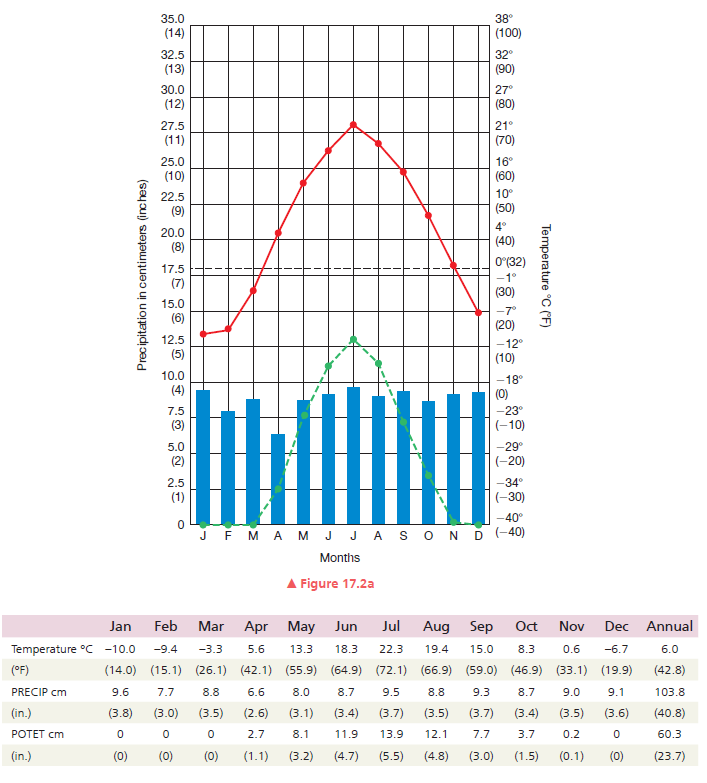Describe composite volcanoes. How do they differ from shield volcanoes and cinder cones? What will be an ideal response?
Composite volcanoes are formed of lava flows and pyroclastic layers. The eruptions are intermediate
in composition, and because they are more viscous than other eruption types, the sides of the
volcanoes tend to be steeper, especially near the top. These eruptions are more explosive than shield
volcanoes and larger than cinder cones and so may cause more damage
You might also like to view...
Which process transforms the sun's energy into heat, which is then used to produce electricity?
A. green roofs collectors B. photovoltaic fuel transformers C. electric solar converters D. direct solar conversion E. solar thermal systems
Average annual temperature:

The Gender Inequality Index in East Asia is comparable to that of developed regions
Indicate whether the statement is true or false.
Judge the following sentence according to the criteria given below: The frequency of rockfalls can be
expected to increase with climate change BECAUSE retreating alpine glaciers can be expected to expose additional steep bedrock-walls. a. The assertion and the reason are both correct, and the reason is valid. b. The assertion and the reason are both correct, but the reason is invalid. c. The assertion is correct, but the reason is incorrect. d. The assertion is incorrect, but the reason is correct. e. Both the assertion and the reason are incorrect.